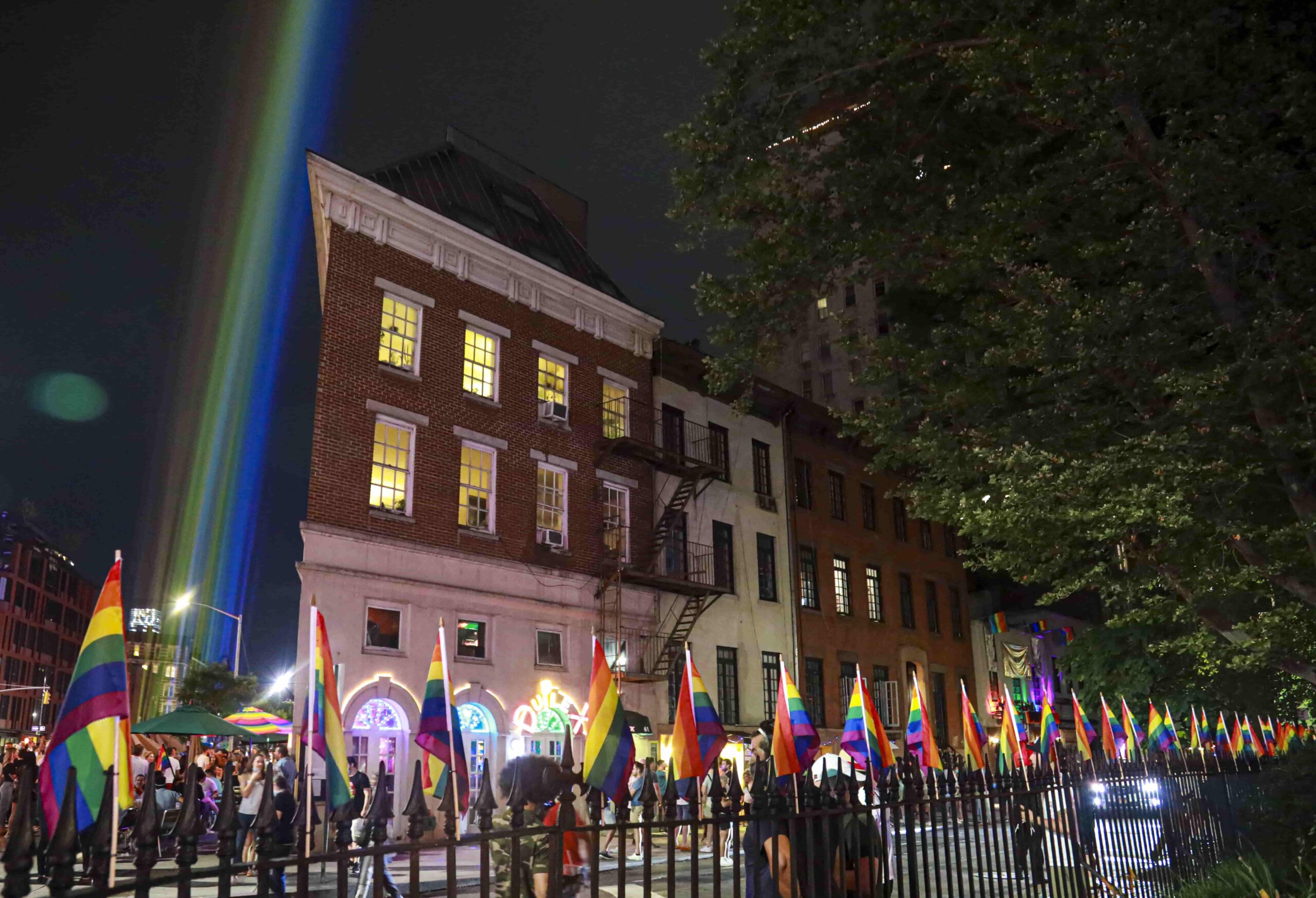Amid a difficult present, LGBTQ2S+ community finds a new way to celebrate the past: the first visitor centre in the national park system to celebrate LGBTQ2S+ history will open in 2024.
Previously a vacant storefront next to the Stonewall Inn in Greenwich Village in New York, the 3,700-foot visitor centre will feature art exhibitions and tours highlighting the importance of the 1969 riots to what would become the LGBTQ2S+ rights movement, as the New York Times reported. The queer advocacy group Pride Live is spearheading its creation with input from activists, historians and leaders in the community, and a groundbreaking ceremony for the site will be held on June 24.
“Our goal is to create a place that honours both the bravery and courage of the past five decades of the movement while also motivating the next generation of leaders to take up the fight, because we know that there is more work to be done when it comes to full equality,” Ann Marie Gothard, president of Pride Live’s board of directors, told the Times.
The visitor centre will be at 51 Christopher Street, which was originally part of the Stonewall Inn bar in 1969. Once the centre opens, Pride Live will run it alongside the National Park Service, and the project will continue to be funded through donations.
Chuck Sams, the director of the National Park Service, said the visitor centre will “serve as a place where people can learn about and connect with the LGBTQ+ community’s ongoing struggle for civil liberties.” “On this spot, an energized group of people created a movement for equality that continues to this day,” he said in a statement.
The opening of the centre is the latest in a wave of efforts in recent years to recognize the significance of the Stonewall uprising to LGBTQ2S+ history. The Stonewall Inn bar became a flashpoint in LGBTQ2S+ history when police raided the bar the morning of June 28, 1969. Instead of going home, gay, lesbian and trans activists fought back against the police’s history of violence toward and harassment of LGBTQ2S+ people, and that protest lasted for six days.
Today, the Stonewall Inn remains a popular bar in New York’s Greenwich Village. Former President Barack Obama designated the space—as well the surrounding streets and sidewalks—as the country’s first national monument to LGBTQ2S+ rights in 2016.
The Stonewall visitor centre will join the newly opened Queer Museum in London, U.K., a national LGBTQ2S+ monument in Ottawa, Canada, scheduled to open in 2025 and a handful of existing queer and trans monuments around the world.
Despite the progress in the years since, activists are still fighting some of the same battles in a year marred by intensifying bigotry toward LGBTQ2S+ people.
In February, Texas governor Greg Abbott instructed child welfare agencies to investigate the parents of trans children for “child abuse.” In March, Florida governor Ron DeSantis signed a controversial “Don’t Say Gay” bill banning inclusive education. While much of this has been done under the guise of protecting children, outright homophobia and transphobia is becoming increasingly normal: just this week, the Texas Republican Party called homosexuality “an abnormal lifestyle choice” in its new platform.
The Stonewall visitor centre is a testament to the survival and resilience of queer and trans people in the face of these continued attacks, and Gothard hopes the site will encourage more interest in preserving important sites to LGBTQ2S+ history.
“While the Stonewall National Monument may be one of the smallest by acreage in the national park system, the significance of it is huge,” she said.


 Why you can trust Xtra
Why you can trust Xtra


